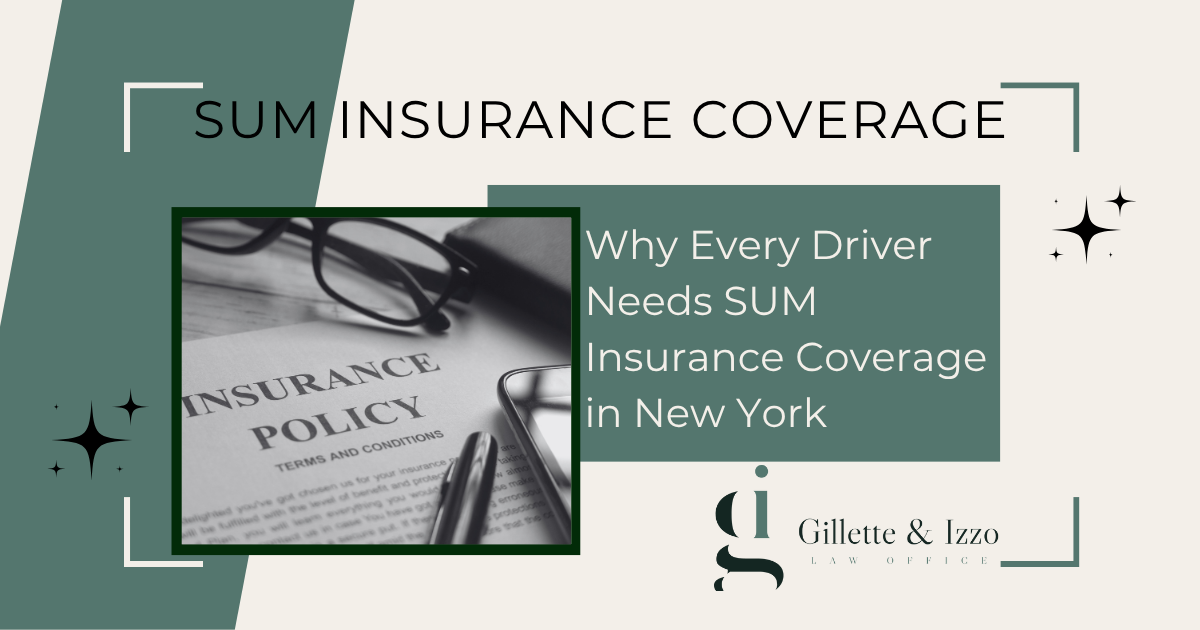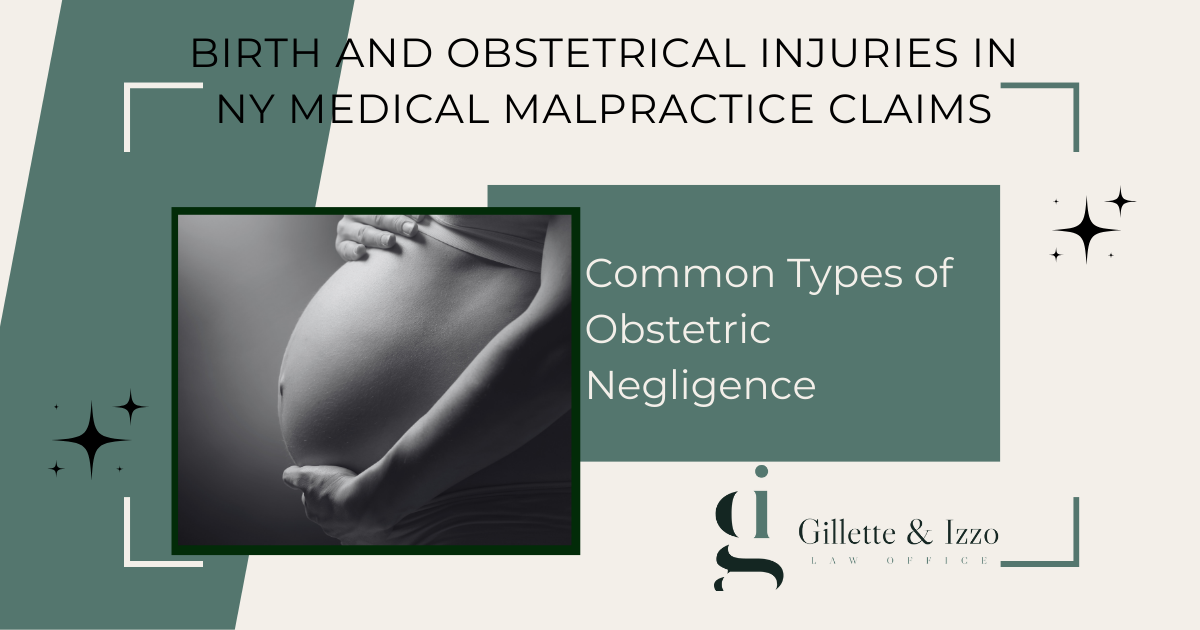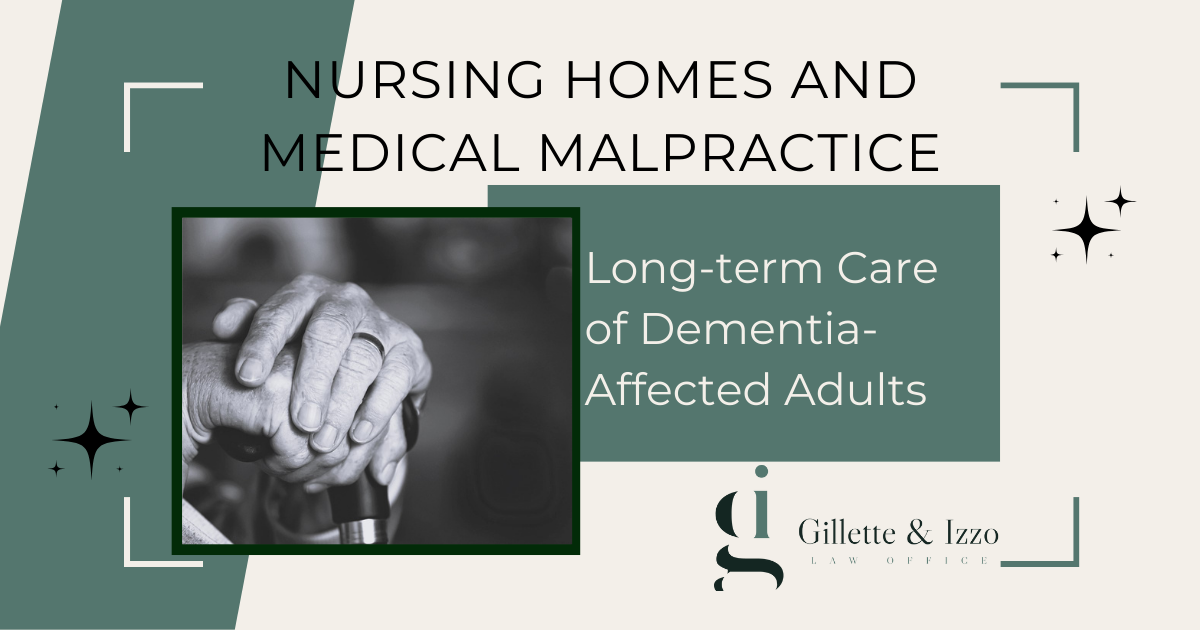Despite minimum insurance coverage being legally required in the state, almost 11% of New York drivers were estimated to be uninsured in 2022. What happens if a driver with no insurance or insufficient coverage injures you? Supplemental uninsured/underinsured motorist (SUM) coverage gives New York drivers additional protection. This protection is often invaluable when an uninsured or underinsured driver causes injury.
While New York requires some vehicle insurance, many people still see SUM coverage as a “nice-to-have” add-on. In reality, for many New Yorkers injured by uninsured or underinsured drivers, SUM coverage is a necessity. Without it, you could face medical bills and lost wages from an accident you didn’t cause.
Auto Insurance Requirements in New York
To register your vehicle and receive New York license plates, you must meet the state’s minimum insurance requirements.
Personal Injury Protection
New York requires no-fault insurance, known as personal injury protection (PIP). These benefits pay for the covered driver’s economic losses regardless of who caused the accident. PIP covers medical expenses, lost income, and other reasonable expenses for you, your passengers, and pedestrians struck by your vehicle. Since New York is a no-fault state, your PIP policy will pay for your medical bills and lost wages. After severe accidents that cause serious or catastrophic injuries, you may qualify for additional compensation from the other driver.
Minimum Liability Coverage
This type of insurance covers damage to other drivers or passengers if you cause the accident. In New York, the minimum liability coverage is $25,000 for bodily injury for one person (or $50,000 if fatal) and $50,000 for bodily injury for two or more people ($100,000 if two or more fatalities). The property damage minimum is $10,000 per accident. Drivers can choose to purchase higher limits for more protection, but these are the legal minimums.
Uninsured Motorist Insurance in NY
Uninsured motorist coverage is not the same thing as New York SUM insurance. New York requires drivers to have uninsured motorist coverage, while SUM is optional. An uninsured motorist policy covers the bodily injury of anyone in your vehicle if a hit-and-run driver or an uninsured vehicle strikes you. SUM policies go a step further by covering underinsured motorists as well.
Why You Need New York SUM Insurance
If you suffer serious injuries in a car accident and your PIP insurance does not cover all your damages, you may be able to seek additional compensation. You can do this through the other driver and their insurance provider if you meet the state’s serious injury threshold. However, many New York drivers carry only the minimum liability limits. Some have no insurance at all.
New York SUM coverage and uninsured motorist policies typically cover expenses from bodily injuries when the other driver has no insurance. This also applies to hit-and-run situations. SUM coverage also helps when an underinsured driver causes your injuries and their policy limit falls short of your total losses.
Pursuing SUM coverage after an accident can be complex. A NY car accident attorney can guide you through every step to give you the best possible chance of recovering full compensation.
How Does NY SUM Insurance Work When the Other Driver is Underinsured?
The at-fault motorist’s insurance would be the first source of coverage for your injuries and other damages after your PIP coverage, but some policies do not provide high enough policy limits for severe injuries. Without SUM coverage, you may be financially responsible for what’s left of your bills and expenses after the at-fault driver’s insurance pays up to their policy limits.
For example, if a driver with $25,000 liability coverage (the minimum amount required by New York Law which is the most common limit in New York) causes an accident, and you have a SUM policy with a $50,000 limit, then your policy may provide an additional $25,000 in coverage if the other driver’s policy offers their full $25,000 in coverage and is not enough to pay for your damages/injuries/pain and suffering.
New York SUM insurance covers what remains after the at-fault driver’s policy is exhausted and up to the SUM coverage maximum.
You may already have SUM coverage and not realize it. New York law requires that insurers offer SUM coverage with the same limits as the policy’s bodily injury coverage. In some cases, you must opt out to decline it. Review your insurance policy to see what it covers. If your SUM coverage matches only the state minimum, consider raising your bodily injury limits so you can increase your SUM protection.
Discuss Your Case with a New York Car Accident Attorney
An attorney experienced in New York hit-and-run and uninsured/underinsured motorist cases can make a big difference in your claim. Contact Josh and Janet today to schedule a free consultation.





